Jambughoda Wildlife Sanctuary, in the Panchmahal district of Gujarat, is a hidden gem for nature enthusiasts and wildlife lovers. Spanning 130.38 sq km, this sanctuary is home to a range of flora and fauna, including leopards, sloth bears, jackals, and a variety of bird species. The sanctuary’s picturesque landscape, with its dense teak, mahua, and bamboo forests, creates an enchanting backdrop for wildlife spotting and nature walks. Its prosperous biodiversity and landscapes make it a perfect destination for an unforgettable wildlife adventure, offering both tranquillity and excitement in the heart of nature.
Jambughoda Wildlife Sanctuary Location
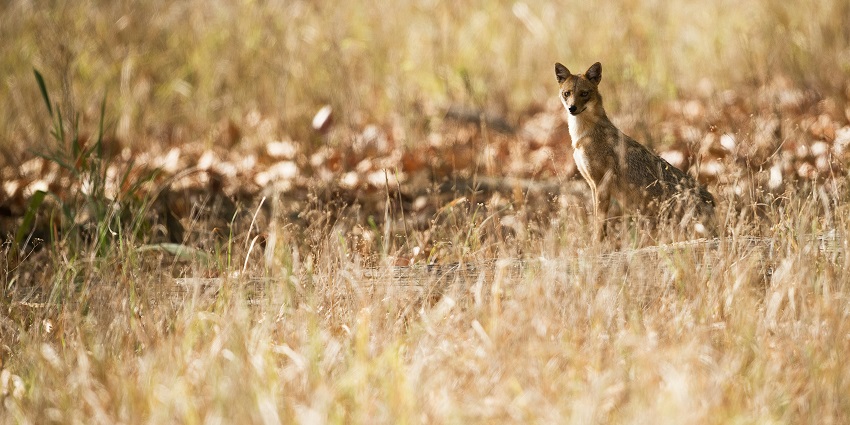
Photo: Vincent van Zalinge / Unsplash / Image For Representation Only
This sanctuary is situated about 20 km from the historical town of Champaner, making it an ideal spot for combining a wildlife adventure with visits to other popular tourist attractions in the region. This proximity allows visitors to explore both the natural and cultural heritage of Gujarat in a single trip. The sanctuary features undulating forested hills, dense with teak, mahua, and bamboo thickets. These diverse forest types create an excellent habitat for the resident wildlife, providing a serene escape into nature. Jambughoda Wildlife Sanctuary address is easily accessible.
Suggested Read: Discover Balaram Ambaji Wildlife Sanctuary
How to Reach Jambughoda Wildlife Sanctuary
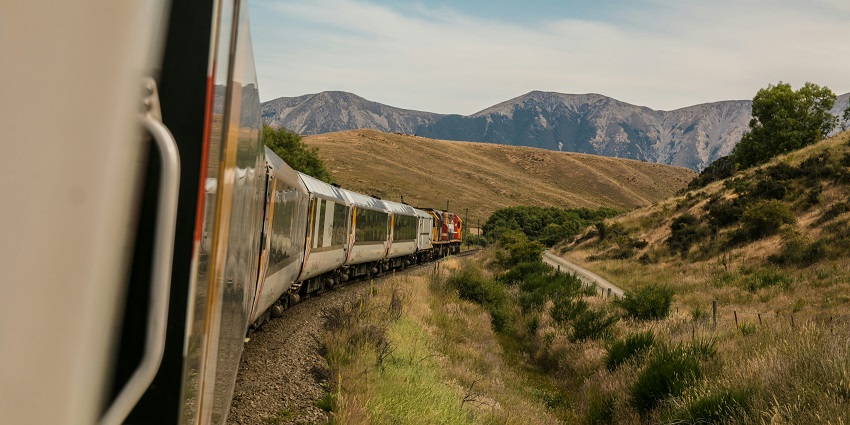
Photo: Josh Nezon / Unsplash / Image For Representation Only
By Air: The nearest airport to Jambughoda Wildlife Sanctuary is Vadodara Airport. It is approximately 70 km away from the sanctuary. Once you arrive at the airport, you can hire a taxi or take a bus to reach your destination.
By Rail: Vadodara Junction is the closest railway station, well-connected to major cities across India. From the railway station, you can either take a bus or hire a taxi to get to the sanctuary.
By Road: This sanctuary is easily accessible by road. Regular bus services operate from nearby cities, or you can hire a private vehicle to drive directly to the sanctuary.
Places To Visit In And Around Jambughoda Wildlife Sanctuary
1. Pavagadh and Champaner
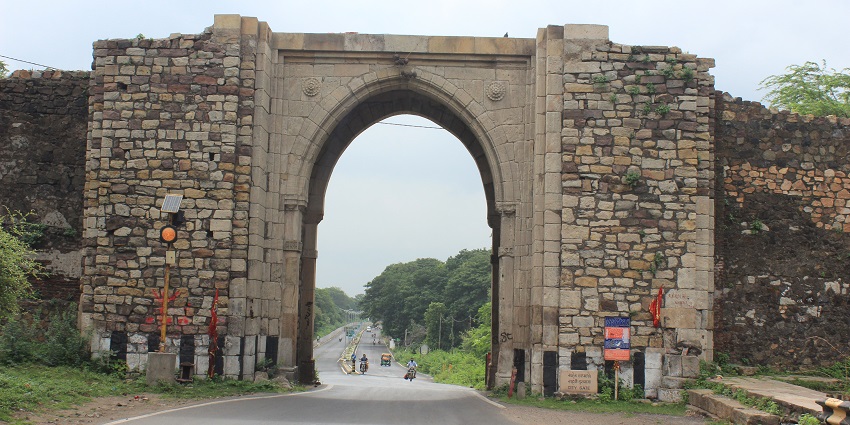
Photo: Snehrashmi / Wikimedia Commons
Pavagadh Hill and Champaner-Pavagadh Archaeological Park are UNESCO World Heritage Sites, renowned for their ancient fortifications, temples, and Mughal architecture. Pavagadh is also a popular pilgrimage site due to the Kalika Mata Temple. The surrounding lush greenery adds to the beauty of this historic area, making it a perfect destination for history and nature enthusiasts alike. The well-preserved structures reflect the region’s vibrant cultural heritage.
Ideal Trip Duration: 1 full day
Nearest Airport: Vadodara Airport
Nearest Railway Station: Champaner Road Junction
Suggested Read: Narayan Sarovar Wildlife Sanctuary
2. Zand Hanuman Temple
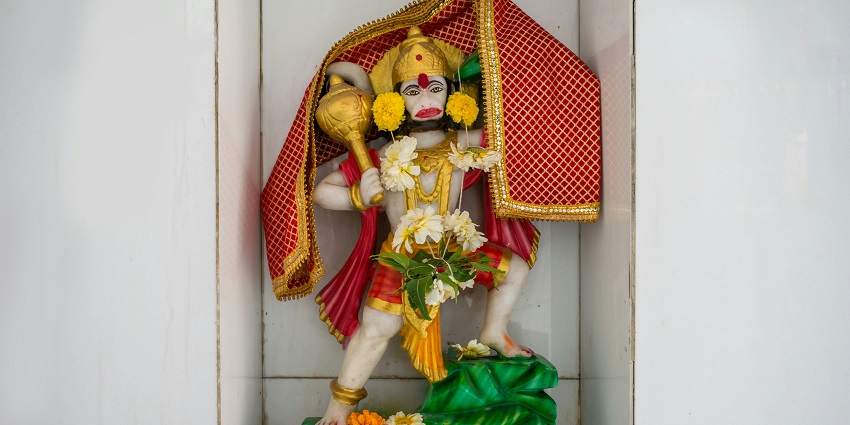
Photo: Sonika Agarwal / Unsplash / Image For Representation Only
Just 2.14 km from the sanctuary, Zand Hanuman Temple is a revered spiritual site known for its peaceful ambience and religious significance. Devotees flock to this temple to seek blessings from Lord Hanuman. The temple is set amidst a serene environment, making it a tranquil retreat for both locals and visitors. Its proximity to the sanctuary makes it an easy and worthwhile addition to a day trip.
Ideal Trip Duration: 1 – 2 hours
Nearest Airport: Vadodara Airport
Nearest Railway Station: Champaner Road Junction
3. Zarwani Waterfall
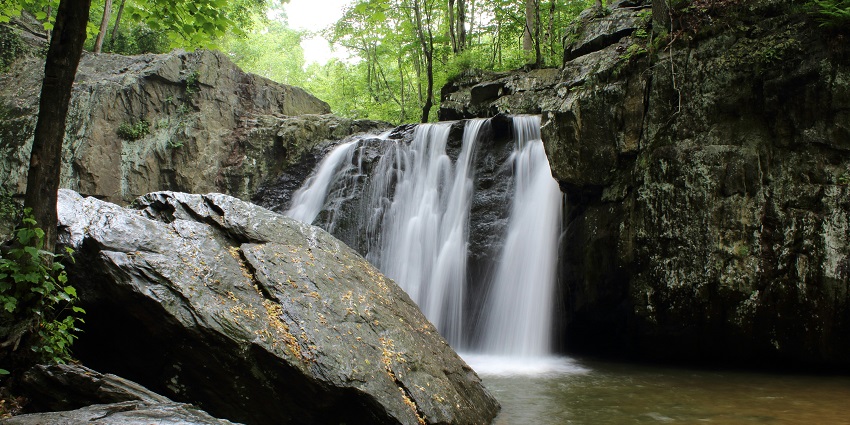
Photo: June Admiraal / Unsplash / Image For Representation Only
Located about 60 km away, Zarwani Waterfall is a stunning natural attraction, especially vibrant during the monsoon season when the waterfall is in full flow. Nestled amidst lush forests, it’s an ideal spot for nature lovers and those seeking a refreshing retreat from city life. The surrounding area is perfect for picnicking and short treks, offering a peaceful escape into nature’s beauty.
Ideal Trip Duration: Half day
Nearest Airport: Vadodara Airport
Nearest Railway Station: Vadodara Junction
Suggested Read: Wildlife Sanctuaries In Gujarat
Things To Do In Jambughoda Wildlife Sanctuary
Here are a few Jambughoda Wildlife Sanctuary activities you should try for an exhilarating experience.
1. Wildlife Spotting
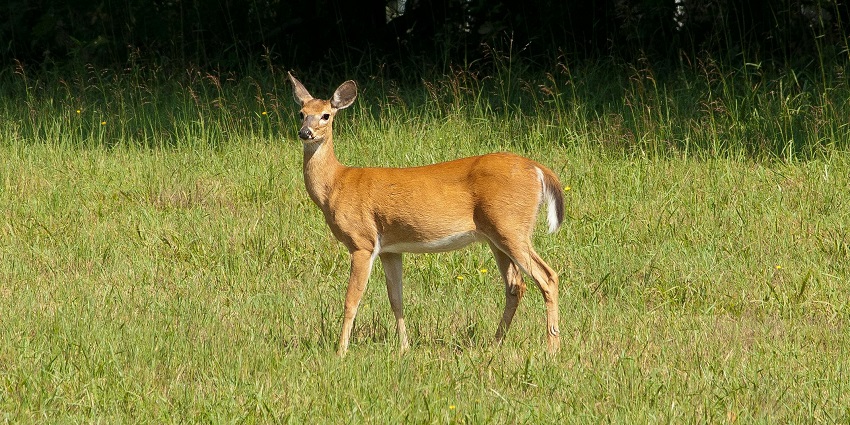
Photo: Jim Fawns / Pexels / Image For Representation Only
One of the main attractions of this sanctuary is the opportunity for wildlife spotting. The sanctuary is home to leopards, sloth bears, jackals, blue bulls, wild boars, and the elusive four-horned antelope. The diverse wildlife offers a thrilling experience for nature lovers and photographers, with each visit providing a unique encounter with the animals in their natural habitat. Early mornings and late afternoons are the best times to catch glimpses of these animals, as they are most active during these cooler parts of the day.
Location: Panchmahal
2. Bird Watching
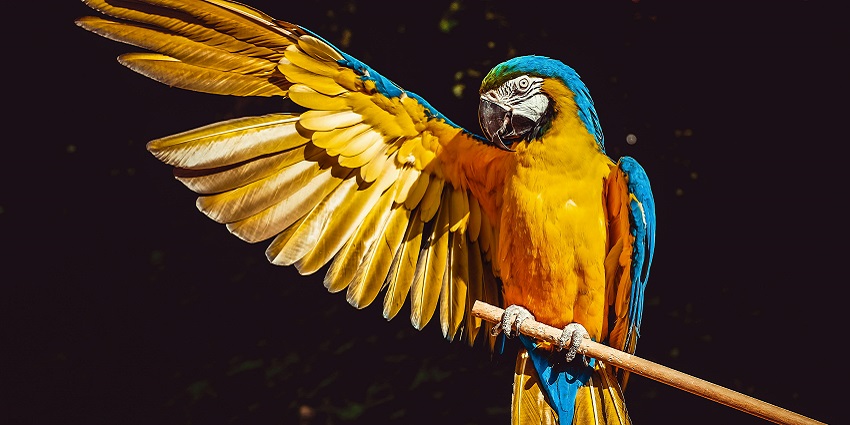
Photo: Ilo Frey / Pexels / Image For Representation Only
Bird watchers will find Jambughoda Wildlife Sanctuary to be a paradise. It has a rich variety of bird species, including the Paradise Flycatcher, Golden Oriole, and Tailor Bird. The dense forest and diverse habitats create an ideal environment for these birds, allowing visitors to observe them in their natural surroundings. The sanctuary’s rich birdlife adds a unique charm to the overall wildlife experience, making it a must-visit destination for anyone who appreciates the beauty of nature.
Location: Panchmahal
Suggested Read: Taranga Hill Wildlife Sanctuary
3. Nature Walks
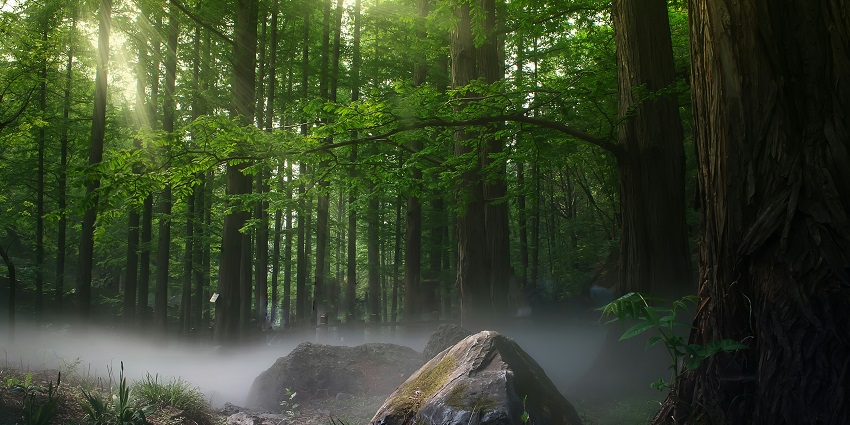
Photo: zhang kaiyv / Unsplash / Image For Representation Only
Guided nature walks are a popular activity in this sanctuary. These walks allow you to explore the dense forests of teak, bamboo, and mahua at a relaxed pace, offering an intimate look at the sanctuary’s diverse ecosystem. Accompanied by knowledgeable guides, you’ll gain valuable insights into the flora and fauna, learning about the characteristics of the trees, plants, and wildlife that call this sanctuary home. These walks are a great way to immerse yourself in the natural beauty of the sanctuary.
Location: Panchmahal
4. Camping
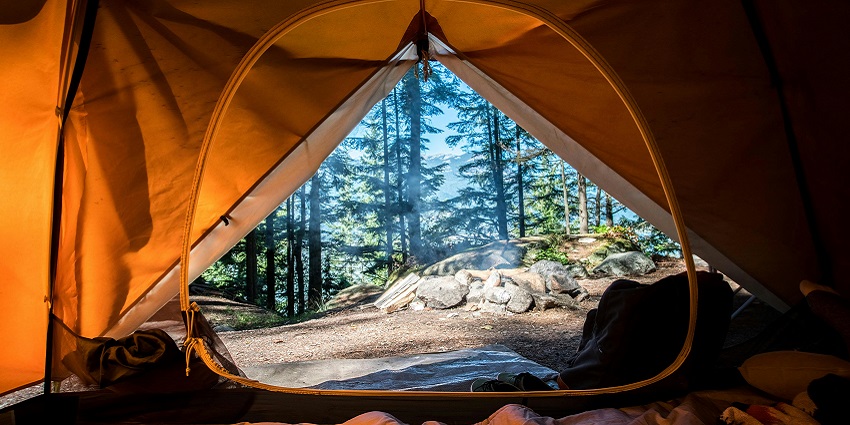
Photo: Scott Goodwill / Unsplash / Image For Representation Only
For a more immersive experience, consider spending a night camping within the sanctuary. The camping sites are located near the picturesque Kada reservoir, offering a scenic backdrop of tranquil waters and surrounding forests. As you set up camp, the peaceful environment sets the tone for a relaxing escape into nature. Camping under the stars allows you to thoroughly experience the sounds and sights of the wild at night, from the rustling of leaves to the distant calls of nocturnal animals.
Location: Panchmahal
Suggested Read: Explore Gaga Wildlife Sanctuary
5. Tribal Culture
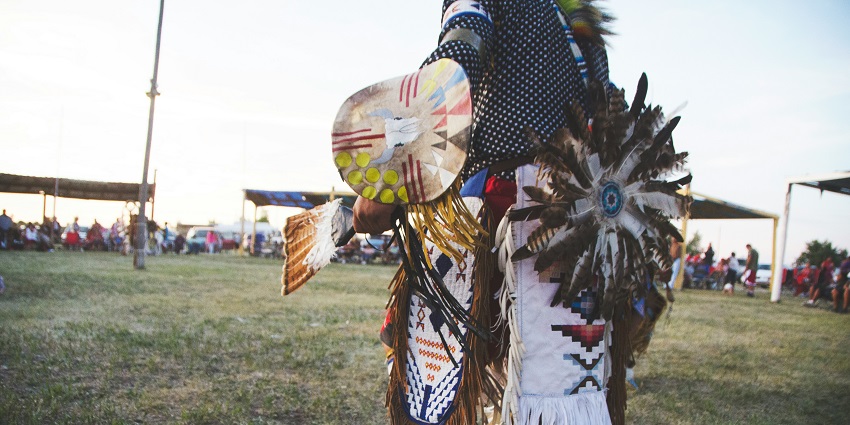
Photo: Jess Lindner / Unsplash / Image For Representation Only
The sanctuary is not only about wildlife; it also offers a chance to explore the local tribal culture. Visit nearby villages such as Bayaka and Bhilala to get a glimpse into the lives and traditions of the local tribes. This cultural experience adds a unique dimension to your visit. Engaging with the tribes provides insight into their customs and way of life, enriching your travel experience.
Location: Panchmahal
Where To Stay

Photo: Ty Carlson / Unsplash / Image For Representation Only
Accommodation options at Jambughoda Wildlife Sanctuary include Forest Department cottages located near the Kada reservoir. These cottages provide a comfortable stay within the sanctuary. For those who prefer camping, there are designated camping areas. Alternatively, you can find lodging in nearby towns like Vadodara or Champaner. These towns offer various hotels and guesthouses to suit different budgets.
Suggested Read: Discover Kutch Desert Wildlife Sanctuary
Where To Eat

Photo: kalpa mahagamage / Unsplash / Image For Representation Only
There are no dedicated restaurants within the sanctuary. Visitors are advised to carry their own food. Alternatively, packed meals can be arranged through the Forest Department or local tour operators. Ensuring you have sufficient food and water is essential, as there are limited dining options in the immediate vicinity of the sanctuary.
Best Time To Visit Jambughoda Wildlife Sanctuary

Photo: Mosharraf Hossain / Unsplash / Image For Representation Only
The ideal time to visit Jambughoda Wildlife Sanctuary is from July to February. During these months, the weather is pleasant, and the chances of wildlife sightings are higher. The sanctuary’s natural beauty is at its peak, and the cooler temperatures make outdoor activities more enjoyable.
Suggested Read: Explore Rampara Wildlife Sanctuary
Other Factors To Consider
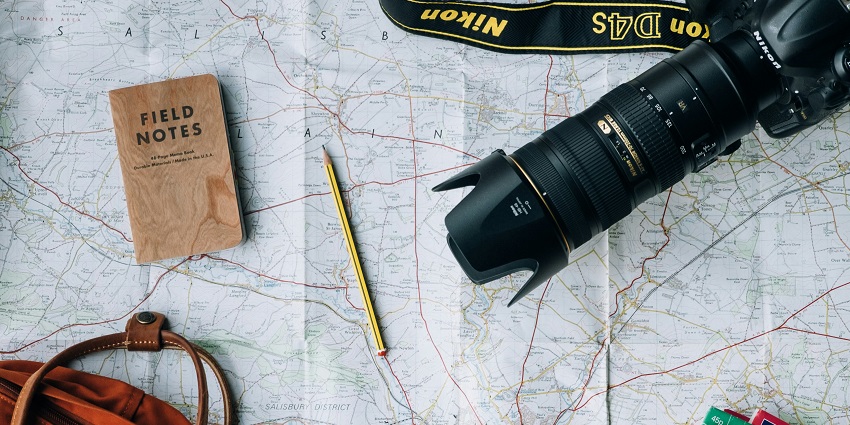
Photo: Annie Spratt / Unsplash / Image For Representation Only
Entry Fee Of Jambughoda Wildlife Sanctuary
The Jambughoda Wildlife Sanctuary ticket price is Rs. 50 per person. This fee helps support the sanctuary’s conservation efforts and maintenance.
Tips For Travellers
- Wear comfortable clothing and sturdy trekking shoes suitable for exploring the forest and participating in nature walks.
- Bring your camera to click Jambughoda Wildlife Sanctuary photos.
- Carry sufficient water and snacks to keep you hydrated and energised during your visit.
- Respect the wildlife and follow the instructions of forest guides to ensure a safe and enjoyable experience.
Jambughoda Wildlife Sanctuary offers a unique opportunity to explore Gujarat’s wild side. With its diverse wildlife, stunning landscapes, and rich tribal culture, the sanctuary provides an enriching experience for visitors. Whether you’re an avid nature enthusiast, a wildlife photographer, or simply seeking a peaceful escape from the city, this wildlife sanctuary promises an unforgettable adventure. So, plan your trip with TripXL and explore this natural gem.
Cover Photo: Adaivorukamuthan / Unsplash / Image For Representation Only


 WhatsApp
WhatsApp
 Twitter
Twitter









